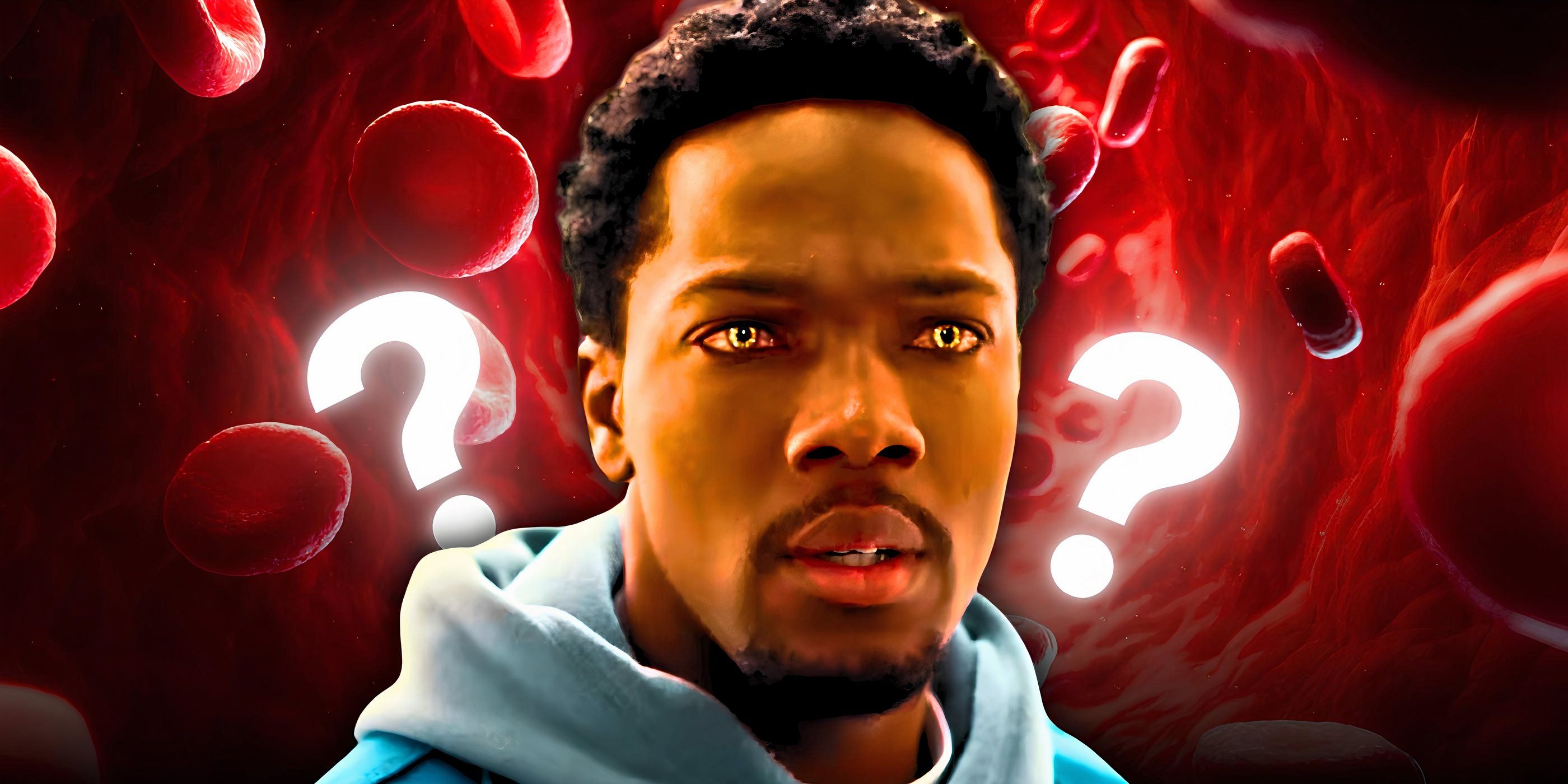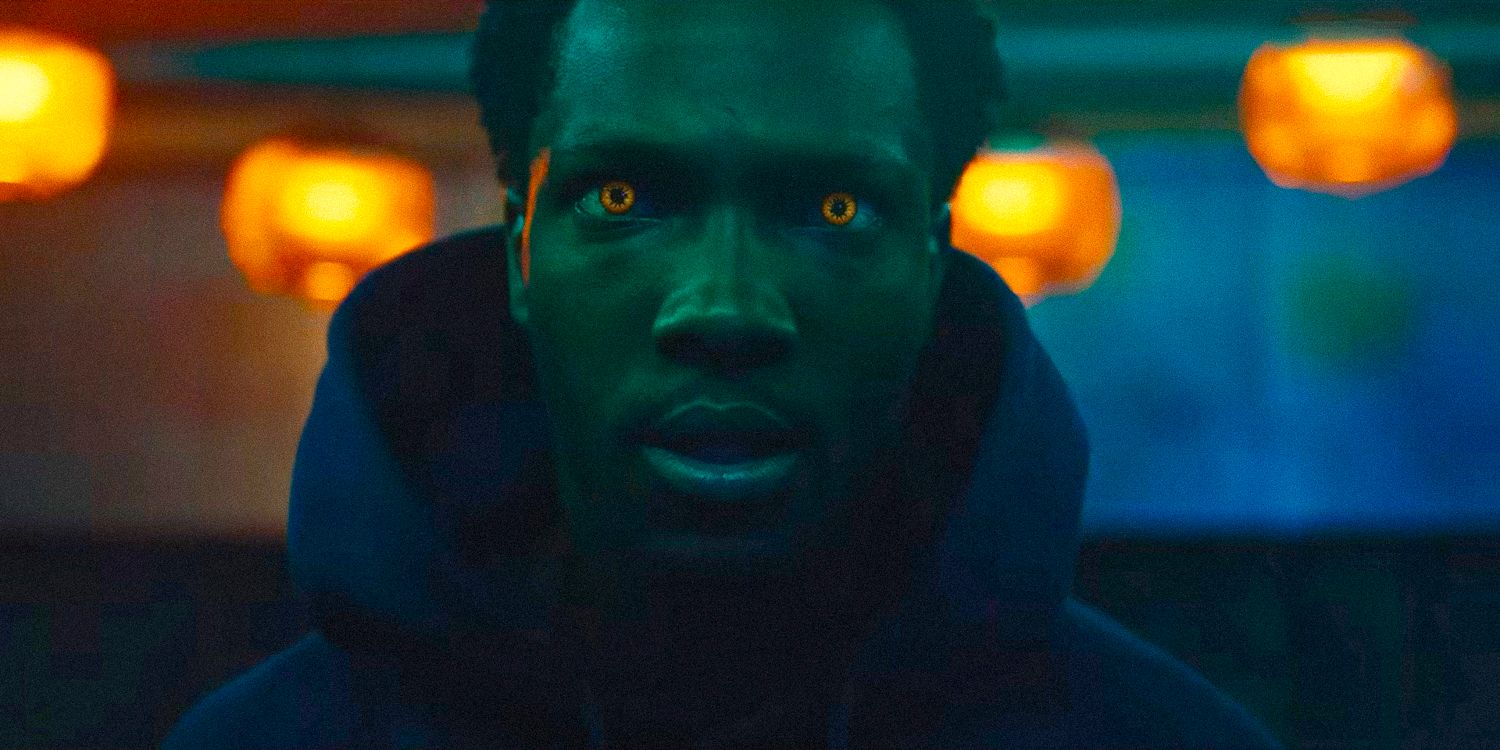
Supacell features an extensive cast of characters, centering on Michael Lasaki, a young Londoner who discovers that he has the ability to travel through time. This enables him to perceive that his fiance, Dionne, is in grave danger, compelling him to try and save her. However, he soon discovers that he is far from the only person to have incredible abilities as other superpowered individuals begin to emerge. Each of them has a different story and ability. And yet, one thing that unifies all of the heroes in Supacell is their connection to sickle cell disease.
Sickle Cell Disease Is An Inherited Blood Disorder That Disproportionally Affects Black People
It’s A Debilitating Condition That Can Have Devastating Consequences
In real life, sickle cell disease is an inherited blood disorder that impacts hemoglobin – a substance that helps the blood transport oxygen around the body. Ordinarily, red blood cells are circular with a partial indentation at the center – a shape that allows them to pass through the body’s blood vessels smoothly. As the disease’s name suggests, sickle cells are distorted into a shape that resembles a “C“, which impacts their ability to transport blood and can even cause the body’s spleen to attack them as diseased tissue.
According to Johns Hopkins University, the symptoms of sickle cell disease include anemia, acute pain caused by sickle cell blockages, debilitating chest problems, jaundice, priapism, and even strokes, with complications ranging from leg ulcers to organ failure. Regarding the causes of the disease, the website explains:
“A person will be born with sickle cell disease only if two genes are inherited—one from the mother and one from the father.
“A person who inherits just one gene is healthy and said to be a “carrier” of the disease. A carrier has an increased chance of having a child with sickle cell disease if he or she has a child with another carrier.
“For parents who are each carriers of a sickle cell gene, there is a 1 in 4, or a 25 % chance of having a child with sickle cell disease.”
A particular quirk of sickle cell disease is that it affects black people much more frequently than white people. As the CDC explains: “Sickle cell disease (SCD) affects about 100,000 people in the United States; more than 90% are non-Hispanic Black or African American, and an estimated 3%–9% are Hispanic or Latino.” The site also reveals that sufferers of sickle cell are estimated to have a life expectancy around 20 years shorter than those who are disease-free.
Supacell’s Heroes Are All Children Of People With Sickle Cell Disease
It’s A Medical History That Creates An Important Connection










Although it’s not initially clear where the group’s powers come from in Supacell, it soon transpires that each of them has a connection to sickle cell disease. In every case, one of the individuals with powers has a parent who had sickle cell disease, with a mutation in their own blood producing extraordinary gifts. This is obviously very different from the way typical sickle cell disease works. As a result, Netflix’s superhero series is simultaneously rooted in real science, while also drawing on a tradition established throughout the superhero genre in works such as X-Men.
Given that the real disease disproportionately affects the black population, it is a neat way to create a black-centered superhero drama that has a basis in reality.
This detail goes some way towards explaining why all of the individuals with powers in Netflix’s Supacell are black. Given that the real disease disproportionately affects the black population, it is a neat way to create a black-centered superhero drama that has a basis in reality. Furthermore, the idea of having so many characters connected by sickle cell disease is nowhere near as farfetched as many superhero origin stories – even if the source of the powers themselves is a little fanciful.
Supacell Is A Mutation Of Sickle Cell In Netflix’s TV Show
It’s Sparked By The Real Disease

Initially, Supacell is somewhat hazy on the details of how each individual develops their powers. However, an explanation does arrive, courtesy of the show’s main villain – Eddie Marsan’s Ray. As Ray explains in the show:
“At least one of your parents had sickle cell…or they both had the trait. And supacell is a mutation of sickle cell. It’s very rare, and even if you have it, it can lay dormant in your body forever. But it can also awaken, given the right conditions. Close proximity with another activated supacell is most common.”
In the show, each of the super-powered characters has their abilities activated by specific circumstances – often due to intense danger. This not only leads to the onset of Michael Lasaki’s time-travel abilities, but also Sabrina’s ability to move objects with her mind, Andre’s incredible strength, and Rodney’s super speed – as well as many others. While these talents remain fantastical, the fact that Supacell draws on a real medical condition makes its origin story even more powerful.
Why Only Black People Have Powers In Supacell
It Sets The Show Apart










On one level, Supacell‘s sickle cell origin story makes black characters the most obvious stars of the superhero series. Since, in real life, sickle cell is a major concern in the black community in a way that it isn’t necessarily among other ethnic groups, it would be deeply strange to base a superhero series around sickle cell, only to cast white actors in lead roles. Beyond these practical considerations, however, Supacell‘s majority black cast helps the show make a powerful broader social commentary.
Supacell’s creator, Rapman, provided the real reason behind the focus on black characters. In an interview with Blavity’s Shadow And Act (via MSN), Rapman explained:
“It basically was turning a weakness into a strength, and that strength is raising their awareness with it. That strength is, anybody who’s suffering with something [or] with a similar condition, can watch that and [be like], ‘Finally, people are going to understand what I’m going through.
“And imagine [thinking], ‘Something that made me, puts me down may make my children extraordinary…imagine what that would be like.’ So it was to make them feel seen, something to make them feel strong and something to raise awareness, because so many people have never heard of it. I think it’s such a great thing that the power comes from something…like it is crazy having a superpower from it as it is crazy having something that only affects someone with dark skin.”
This careful consideration means that Supacell‘s story is more than a convenient schtick. In fact, it is a powerful way of exploring a serious medical condition that speaks to a particular community while raising awareness of a debilitating real-world condition. This complex approach not only explains why Supacell has been so well received, but also why it is regarded as much more than a simple story of crime-fighting superheroes.





